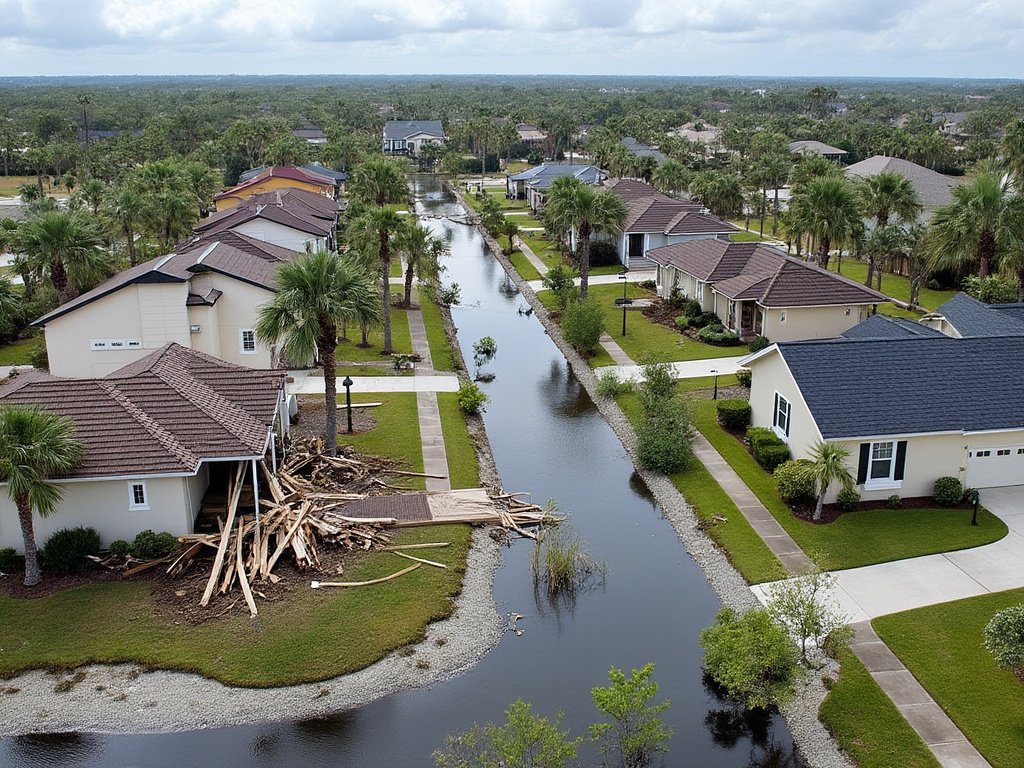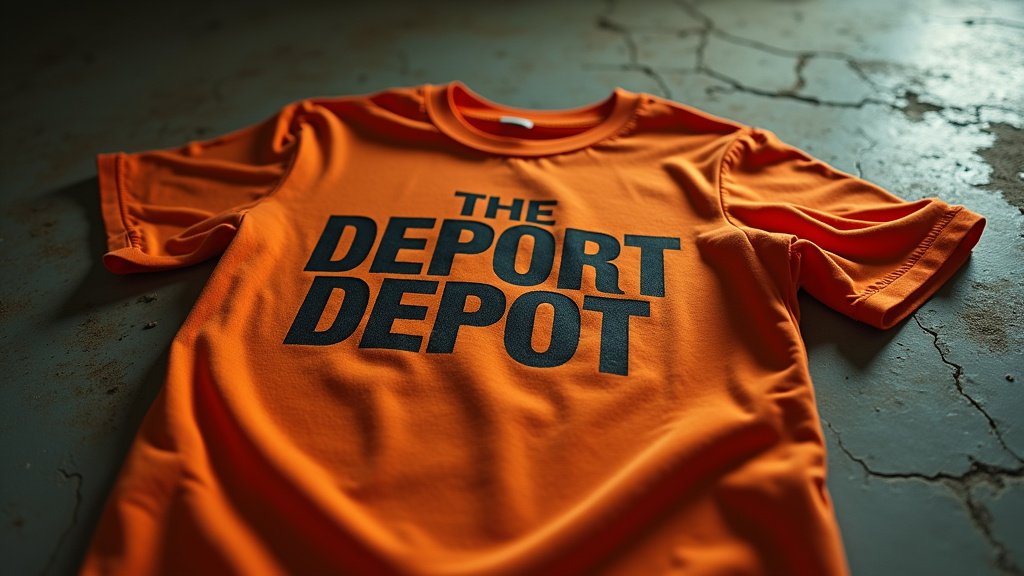As Hurricane Milton barrels toward Miami and South Florida, the storm is already reshaping the city’s landscape—both literally and figuratively. Expected to bring high winds, torrential rains, and potential flooding, Milton has captured the attention of residents and businesses alike, all scrambling to mitigate damage while bracing for the inevitable disruptions.
A City on High Alert
In anticipation of Hurricane Milton’s impact, emergency response teams have kicked into gear. Miami-Dade and Broward counties have issued evacuation orders for low-lying coastal areas, with local officials emphasizing the importance of evacuating vulnerable neighborhoods. Many residents have been preparing by boarding up homes, securing assets, and stocking up on essentials, echoing past hurricane prep routines but with renewed urgency. Businesses, too, are implementing last-minute protocols—securing properties, shoring up inventory, and preparing for possible power outages that could affect daily operations for an unknown period.
Economic Ripple Effects
Hurricane Milton’s approach has underscored vulnerabilities within Miami’s business community, particularly for tourism and hospitality sectors, which play crucial roles in the local economy. Hotels, restaurants, and event venues face significant challenges, with many suspending operations temporarily as guests cancel reservations and tourists steer clear of the potential danger zone. For a city that thrives on year-round tourism, the timing couldn’t be worse, affecting not only the holiday season but potentially extending through the lucrative winter months, depending on recovery efforts.
Small businesses, especially in high-risk flood zones, find themselves scrambling for solutions. Some are investing in protective measures like flood barriers, while others are weighing the pros and cons of short-term closures. Those located in less flood-prone areas are trying to continue operations cautiously, but for many, the uncertainty has halted any plans for expansion or inventory growth.
The Human Element: Community Preparedness and Spirit
Beyond the economic toll, Hurricane Milton has sparked a sense of solidarity among Miami residents. Local community groups are organizing supply drives and volunteer networks, assisting those in need of shelter, food, and essentials. Miami’s historically diverse neighborhoods, including Little Havana and Liberty City, are mobilizing their networks to offer support and shelter options for vulnerable families. Residents who remember past hurricanes, like Irma and Andrew, share tips and encouragement, reinforcing a collective resolve to weather the storm together.
Environmental and Infrastructural Concerns
Hurricane Milton has reignited concerns about Miami’s infrastructure resilience, especially regarding the city’s drainage and seawall systems. The prospect of storm surges has city planners and environmentalists on edge, as Miami’s aging infrastructure could exacerbate flood damage. Conversations about climate adaptation are intensifying, with calls for Miami-Dade County to accelerate infrastructure upgrades to mitigate future hurricane impacts.
Local environmental organizations are also spotlighting the ecological toll of frequent hurricanes, especially in sensitive areas like Biscayne Bay. Increased rainfall and runoff could disrupt marine ecosystems, affecting fish populations and water quality. The storm highlights ongoing debates around sustainability and how Miami might safeguard its natural resources while supporting a rapidly growing population.
Political Response and Calls for Action
Local leaders have responded with a blend of caution and urgency. Mayor Francis Suarez and Miami-Dade County Mayor Daniella Levine Cava have urged residents to follow evacuation orders closely and have advocated for state and federal support in the aftermath of the storm. The hurricane has put climate policy back in the spotlight, with city officials highlighting Miami’s need for long-term investments in resilient infrastructure, particularly around its coastal defenses.
On the state level, Governor Ron DeSantis has mobilized emergency funds and activated the National Guard to assist with potential recovery efforts. This response aligns with broader disaster preparedness strategies but also underscores the state’s ongoing struggle to allocate resources effectively across Florida’s hurricane-prone regions.
A Path Forward: Resilience Amidst Uncertainty
As Hurricane Milton approaches, Miami finds itself once again grappling with the realities of climate vulnerability. While the immediate focus is on weathering the storm, the larger takeaway for residents and policymakers alike is clear: Miami must continue to evolve its approach to hurricane preparedness, balancing growth with sustainability. Community leaders emphasize that resilience is more than just recovery—it’s about strengthening Miami for the storms yet to come.
In the coming days, Milton’s impact will unfold, shaping Miami’s trajectory and reinforcing the city’s deep-rooted determination to not only rebuild but also thrive amidst challenges.





